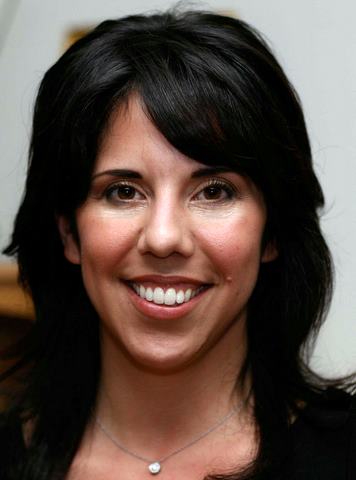The Times Takes on STEM. What Can Higher Ed Do?
 AVID Center
AVID Center  Thursday, December 26, 2013 at 3:34PM
Thursday, December 26, 2013 at 3:34PM By Dr. Lorelle Espinosa
 This piece originally appeared on Higher Education Today, a blog by the American Council on Education.
This piece originally appeared on Higher Education Today, a blog by the American Council on Education.
Lorelle Espinosa of ACE’s Center for Policy Research and Strategy looks at The New York Times’ recent series on diversity in STEM education. Dr. Espinosa is a member of the AVID for Higher Education advisory council.
Like many others in the higher education community, I was pleased to see that The New York Times editorial board has taken on the issue of diversity—or the lack thereof—in science, technology, engineering and mathematics (STEM) as part of a larger education series.
To boil it down: Access to quality education, entrenched stereotypes, stale and uninspired teaching, and a lack of role models are leading reasons why too few girls and minorities study STEM subjects. While a majority of students face perhaps one or two of these barriers, women and minority students often face them simultaneously, especially those from low-income families where educational and other resources are scarce.
The impacts are dramatic:
- While women make up nearly half the country’s workforce, they hold just a quarter of STEM jobs.
- Blacks and Hispanics make up 11 and 15 percent of the workforce, respectively, but hold just 6 and 7 percent of jobs in STEM fields.
Meanwhile, according to the National Science Foundation, while the overall share of bachelor’s degrees held by underrepresented minorities (black, Hispanic and American Indian) has increased over the last two decades, the number of these degrees that are in engineering and the physical sciences has remained flat and participation in math has dropped.
So What Can Higher Education Do?
The American Institutes for Research and the Institute for Higher Education Policy published a study last year in which stakeholders posed an important question: What role should higher education play in broadening STEM participation? Their findings give us some insight into what we can do (unsurprisingly, the Times makes some parallel observations for K-12).
- Different sectors, different populations: Two-year institutions are often pressed to be at the forefront of meeting the educational needs of a large number of minority and low-income students. The report calls for reinvestment in these institutions to help them better serve underprepared students and successfully transfer more of them to four-year STEM degree programs.
- Evolving methods of teaching: At some institutions, a powerful “culture of attrition” exists in the STEM curriculum that tends to not only weed out but also discourage student talent instead of building it. An important step to address this culture is to change the way scientific concepts are taught. A sizeable body of research shows the benefits of small group problem-solving, cooperative learning and other forms of student-centered learning in the STEM classroom. However, according to a recent survey of faculty at four-year institutions, 70 percent of male and 50 percent of female STEM faculty are more likely to use extensive lecturing in all or most of their classes, compared to 44 percent of men and 28 percent of women faculty in non-STEM disciplines.
- Investing in faculty: Given these realities, institutions should invest in faculty development and ensure good teaching is rewarded at the same level as research and publications. Faculty can be trained to provide effective mentoring and advising and should be given more resources to assess and improve their teaching. STEM departments can lead the way by providing such training to graduate students—our nation’s future faculty. Initiatives by the Association of American Universities and the American Association of Colleges and Universities are helping institutions address teaching and learning in STEM.
- Experiences outside the classroom: Research on STEM higher education—particularly for diverse populations—points to the need for relevant experiences that can turn students on to STEM and keep them engaged. The most readily available and effective is the role of meaningful undergraduate research opportunities, especially those that involve informed mentoring opportunities (i.e., by trained faculty and graduate students), as articulated in a 2011 National Academies report.
In addition to the above recommendations, the transition between high school and college is a key moment for many students from underserved communities. And, as an ACE report on minority student support in STEM points out, inadequate academic preparation is only one challenge that many students of color face. Groups such as the National Alliance for Partnerships in Equity are addressing pipeline challenges while programs like the Meyerhoff Scholars Program and AVID for Higher Ed are showing the need for a holistic approach to student success.
Effective student affairs staff and professionals attuned to the needs of underrepresented students, including adult learners, have an important role to play and can make the difference. They can be instrumental in building communities of support to help students transition from high school or community college to four-year institutions, as well as from freshman to sophomore year.
Higher education has America’s economic and competitive future in its hands. As our student body continues to diversify, we must continue to find and implement better ways to nurture the minds of our next generation of scientists, engineers, and innovators.
Reader Comments